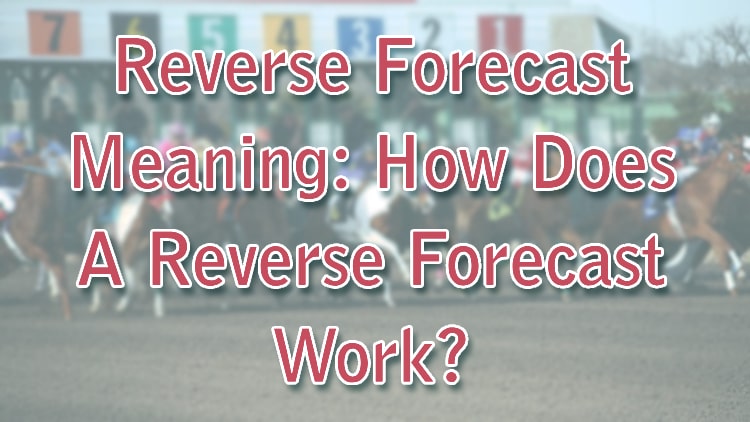
In the realm of betting, particularly within the UK, the concept of a reverse forecast bet often surfaces, intriguing novices and sometimes even baffling seasoned punters. Understanding this type of wager, how it functions, and the method behind its madness can significantly enhance your betting experience. Dove Casino aims to demystify the reverse forecast bet, guiding you through its intricacies and helping you to adeptly navigate this betting option.
What Is A Reverse Forecast Bet?
At its core, a reverse forecast bet is a wager that allows you to try and predict the top two finishers in an event, regardless of their order. Unlike a straight forecast, where the exact finishing order is imperative, the reverse forecast bet is more forgiving, offering a cushion against the unpredictability of races or competitions.
The beauty of this bet lies in its flexibility. Whether it be the thunderous gallop of horses at the Grand National, or the blistering pace of greyhounds at the tracks, the reverse forecast bet remains a popular choice for those looking to spread their bets across multiple outcomes.
Engaging with this type of bet requires not just a keen eye for potential winners, but also an understanding of the dynamics at play. It's about reading the race, the competitors, and sometimes, the weather, to make informed decisions that increase your chances of a potential payout.
How Does A Reverse Forecast Work?
The mechanics of a reverse forecast bet are simple, yet require a bit of strategy to utilise effectively. When you place this bet, you're essentially making two predictions for the price of one, albeit with a slightly higher stake than a traditional bet.
This dual nature of the reverse forecast bet means that you're covered if your selected competitors finish in the top two, in any order. It's a bet that appeals to many, especially in races where the outcome can be influenced by numerous variables.
How To Place A Reverse Forecast Bet?
Placing a reverse forecast bet is a straightforward affair, accessible to both seasoned punters and those new to the betting scene. The first step is selecting the event you wish to bet on, ensuring it's one that offers this type of bet. From there, the process involves choosing the two competitors you believe will finish in the top spots.
Upon making your selections, you'll need to specify that your bet is a reverse forecast. This is crucial, as failing to do so could result in a standard forecast bet, which requires correct order prediction. The distinction is important and highlights the necessity of clear communication with your bookmaker or through the betting platform you're using.
After your bet is placed, all that remains is to watch the event unfold, keeping a keen eye on your chosen competitors.
How Is A Reverse Forecast Calculated?
The calculation of a reverse forecast bet's payout can seem daunting at first, but it follows a logical pattern. Essentially, the stake you place is split between the two possible winning combinations. This means that if you place a £10 bet, £5 is allocated to each combination of finishes for your chosen competitors.
The potential payout is then determined by the odds of each combination at the time of the bet. These odds reflect the probability of each outcome, influenced by factors such as past performance, conditions of the event, and expert analysis. As such, the potential return on a reverse forecast bet can vary widely, offering the chance for significant winnings or, conversely, smaller possible payouts based on the perceived likelihood of the outcomes.
Understanding these calculations is key to making informed betting decisions. It allows you to gauge the potential risk versus reward, helping you to decide whether a reverse forecast bet is a suitable option for your betting strategy.
